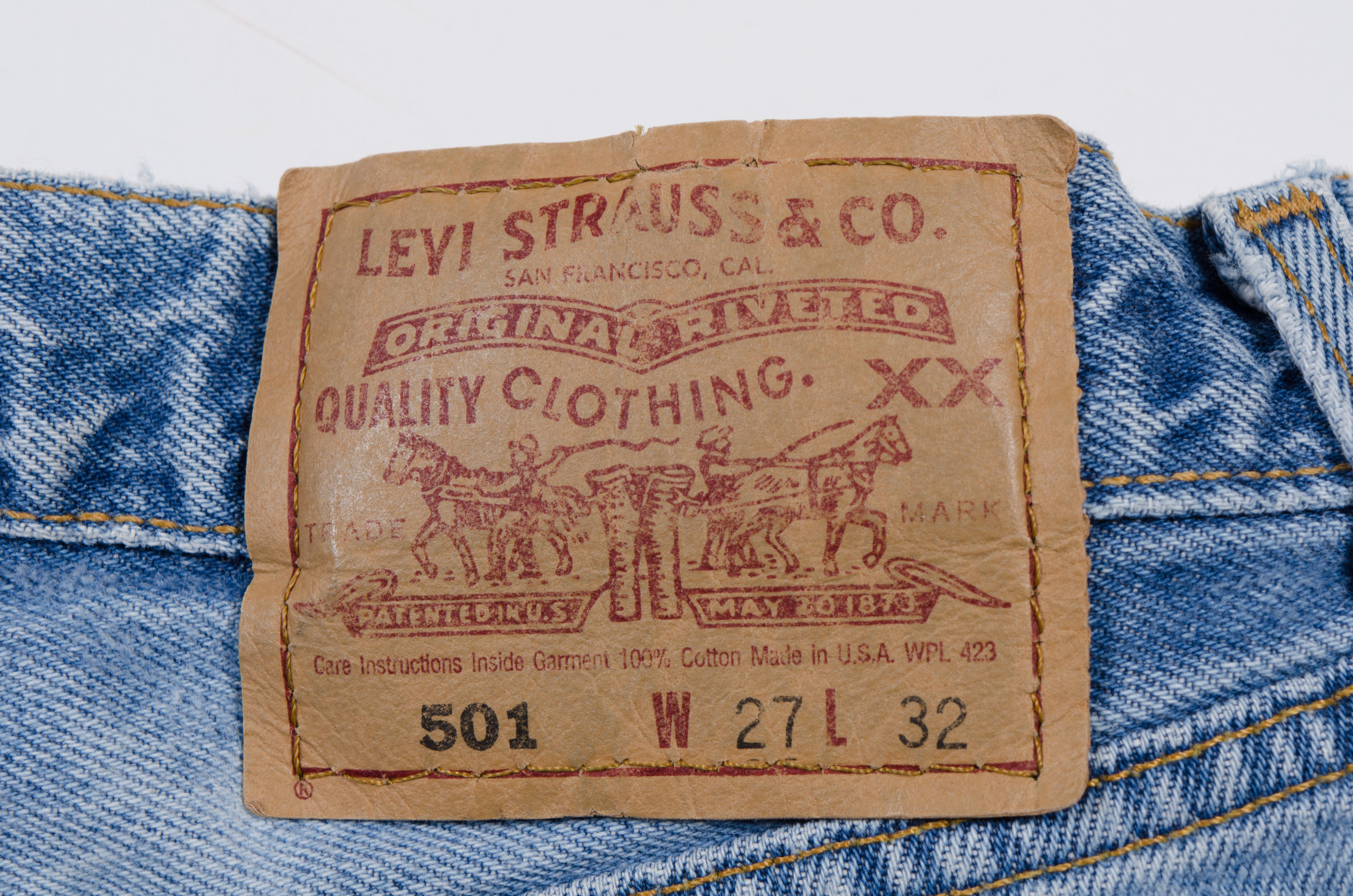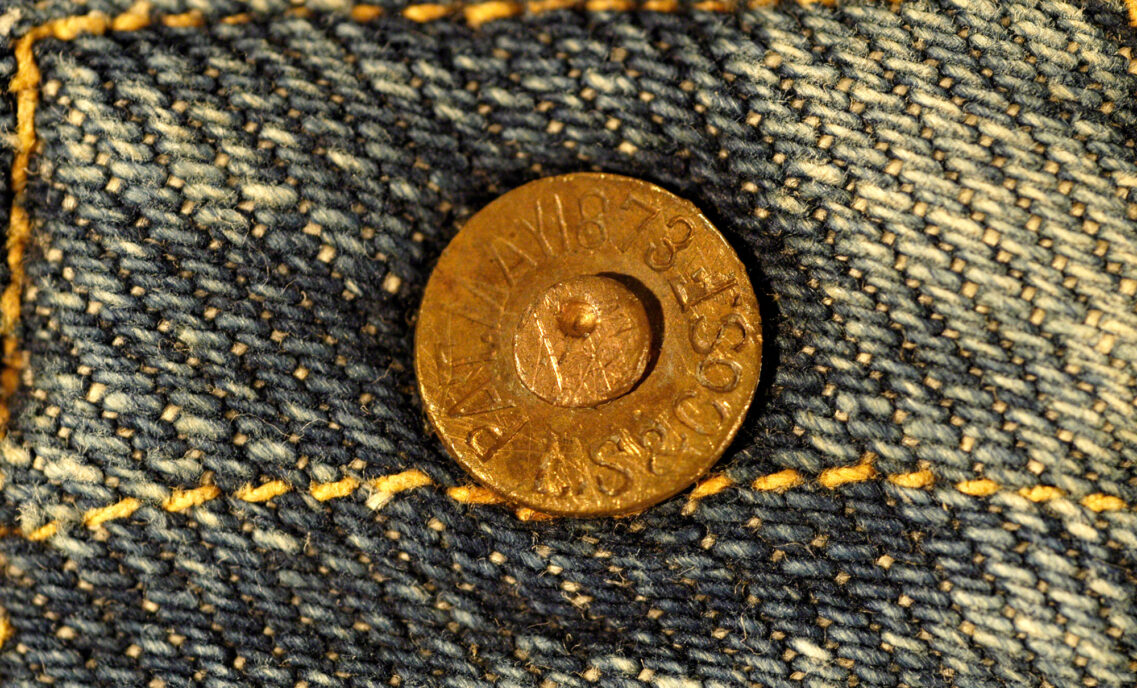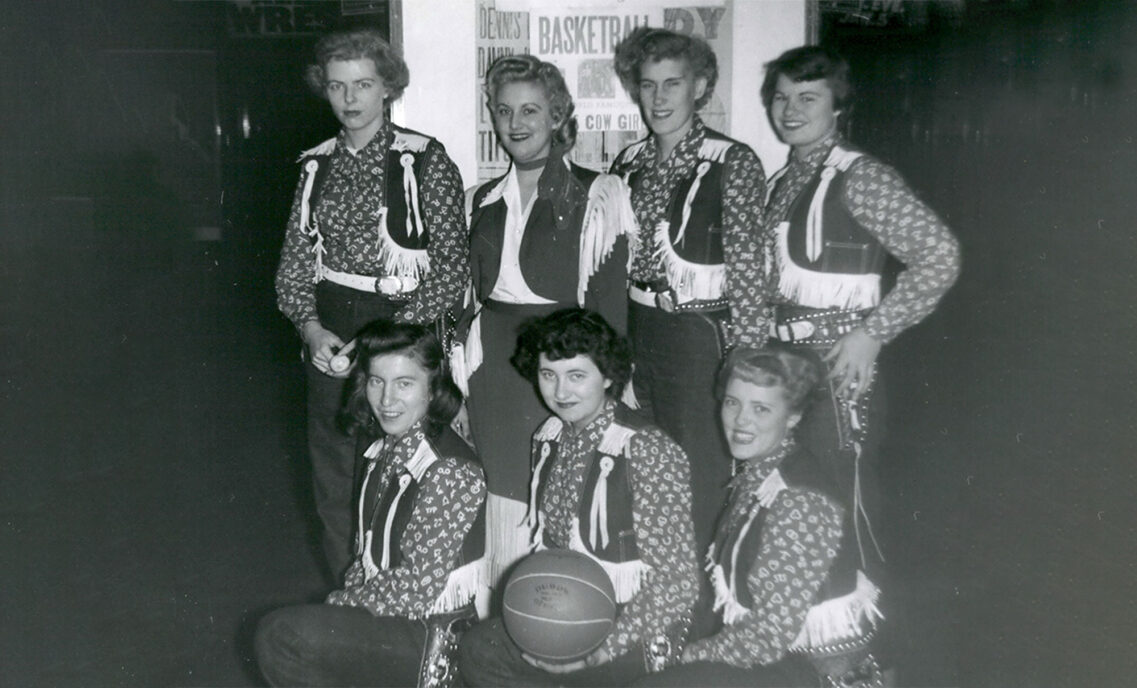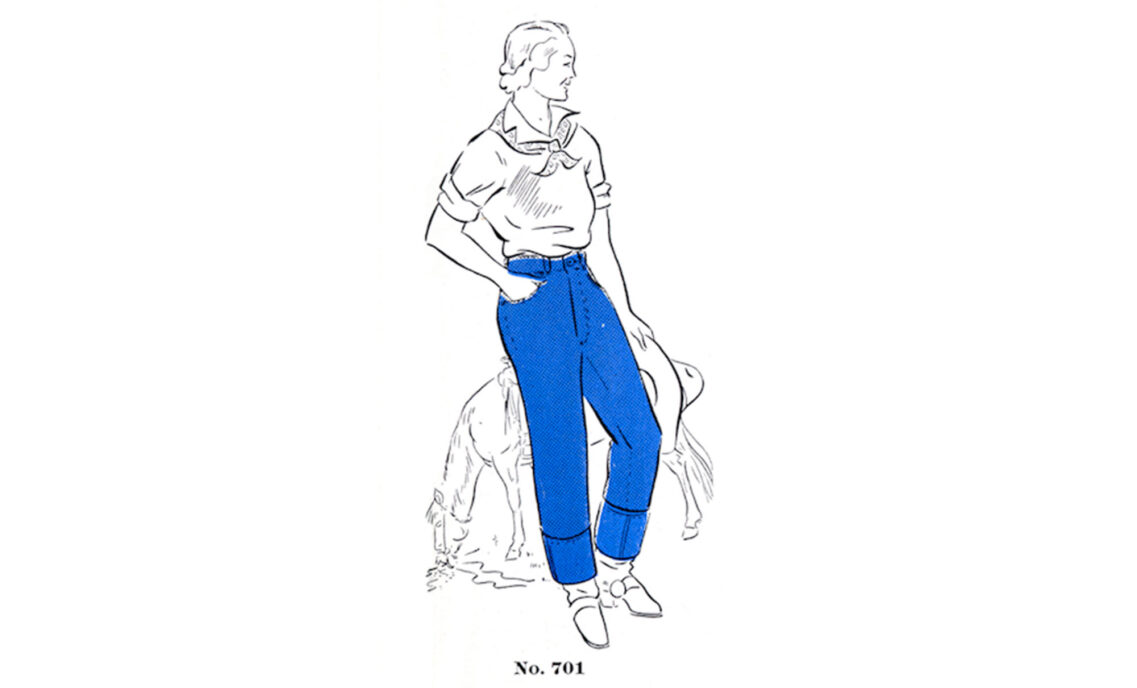On May 20th, 1873, the world’s first blue jean received its official patent – a day we commemorate each year as “501 Day.”
Two immigrants created this most American of garments: Bavarian dry goods merchant Levi Strauss, and Latvian Tailor Jacob Davis. The two brought together a great idea, a long-term vision, and the anything-goes thinking that characterized the American West.
Levi Strauss landed in Gold Rush San Francisco in 1853. He set up Levi Strauss & Co. along the city’s waterfront, where he sold clothing, bedding, shoes and other soft goods. The buyers? The small stores of California and the West.
While Levi’s business grew and prospered, Jacob Davis was making a name for himself in Reno, Nevada. He was a tailor by trade, but an inventor in spirit. In late 1870 he started using copper rivets in men’s work trousers, reinforcing the points of strain. He needed a business partner to patent and manufacture these new pants, so he approached Levi, the most famous merchant in San Francisco.
Levi wasn’t a manufacturer, he didn’t have a factory and he had never made a pair of pants in his life. But he knew a good idea when he saw one. The two men applied for a U.S. Patent, and #139,121 was granted on May 20, 1873 for the first “riveted” clothing – which we recognize today as “501 Day.” By late 1873 the first denim jeans would come off a production line.
Jacob moved to San Francisco to oversee the new business. Levi stayed at the helm of the dry goods portion of the firm, and between them they changed the way the workers of the West dressed.
Over the decades, this classic American garment became a global phenomenon; it was named by Time Magazine as the Fashion Item of the 20th Century, has been honored by designers, and worn by pioneers past and present.







